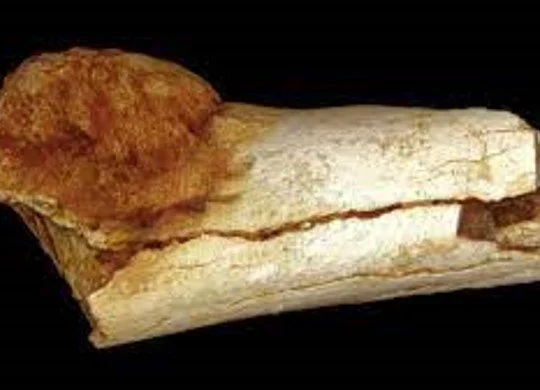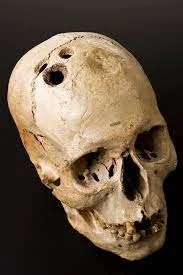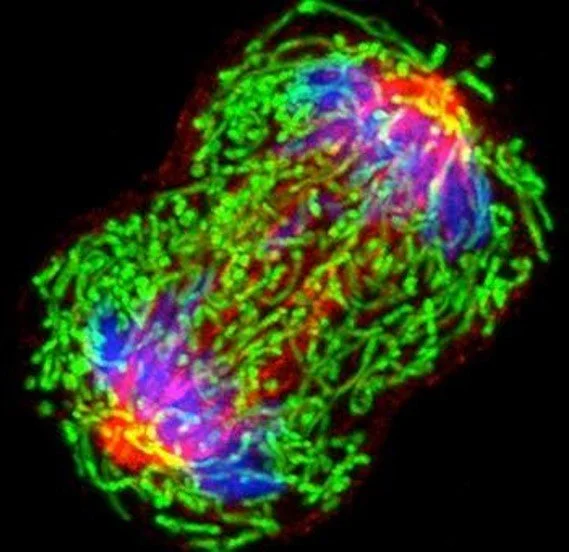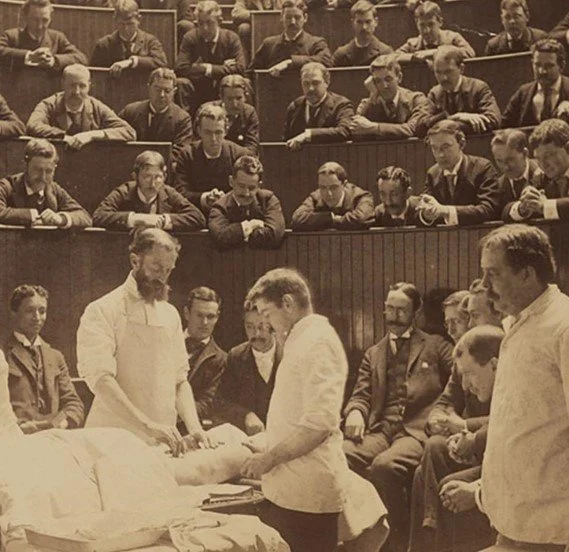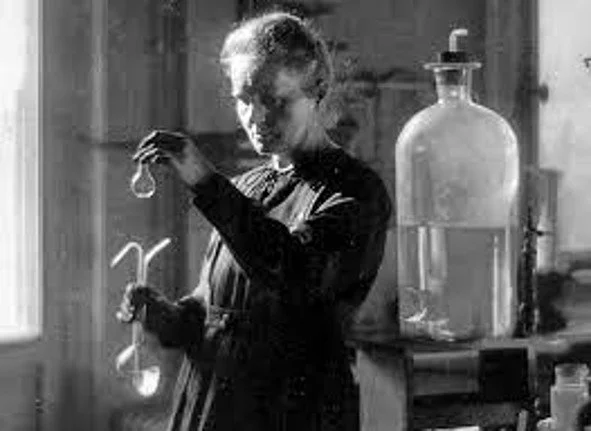A History of Cancer and Treatments
Cancer is uncontrolled cell growth. It is a result of a series of mutations in a cell that allow it to replicate rapidly, divert the body’s resources, and spread to other regions in the body
Some Mutations that often lead to cancer are:
1. Proto-oncogene mutations: Proto-oncogenes are ‘go’ signals that tell a cell to divide in the right conditions. These genes are more expressed in cancerous cells, constantly signaling the cells to divide.
2. Tumor Suppressor mutations: These genes signal cells to stop dividing and repair damaged DNA. They are less expressed in cancerous cells so they can continue dividing and passing on their mutated DNA.
3. Hormone Receptors: These genes code for proteins that stick to the outside of the cells and receive growth signals from the endocrine. These genes are more expressed in cancerous cells, so they register more positive signals that prompt them to divide.
Methods of Cancer Treatment:
Prevention: Obviously not a treatment but pinning down the causes of cancer and informing the public to stay away from them is an important step to improve public health.
Surgery: Manually removing the tumor by cutting it out.
Radiation Therapy: The use of ionizing radiation to target and kill cancerous cells by damaging their DNA
Chemotherapy: An umbrella term for a group of drugs used to kill fast-growing cells in the body and hopefully eliminate the cancer
For centuries, cancer was considered incurable because the technology was not advanced enough. Tumors often remained undetected because they were too deep in the tissue, leading to mysterious symptoms that couldn’t be visibly tied to an ailment. Even if a tumor was seen and operated on, it would often return because some cancerous cells were left behind. Surgery was also very dangerous before germ theory was widely accepted because doctors did not follow sterile practices and basic hygiene like handwashing. Over decades, doctors were able to observe higher rates of cancer in people who had been regularly exposed to certain chemicals, often through their jobs, like the radium girls. For centuries, this was not very helpful information because people only found a weak correlation and couldn’t figure out the causation. People also heavily relied on their jobs to eat and by the time these connections were observed, the others had already died.
We know surgery has existed since ancient times thanks to fossil evidence. Originally, it was developed for trauma wounds but eventually became somewhat of a spiritual practice. Ancient skeletons bear evidence of trephining, a procedure that consisted of drilling a hole into the skull to treat migraines and release evil spirits, across multiple civilizations.
In Europe during the Middle Ages, surgeons were trained through apprenticeships and would travel as barber-surgeons. These surgeons used ineffective methods based largely on myth and religion like bloodletting. Additionally, human anatomy remained mysterious until human dissection was legalized. In the 1700s, schools began teaching surgery, but germ theory and sterile practices were not adopted until the 20th Century. Tumor removal was not precise until the medical community developed a greater understanding of the human body and how cancer spread or metastasized.
Radiation therapy began in 1895 with Wilhelm Conrad Rцntgen’s discovery of X-rays, furthered by Marie Curie’s discovery of Radium as a source of radiation. Ionizing radiation is used to destroy the DNA in cancerous cells so they cannot continue to replicate. It was not known that radiation could cause cancer as well as cure it, so early treatments were not very targeted. Early scientists tested the dosages of radiation by injecting their own arms, trying to find the “erythema dose” that would turn them sunburn pink. Many of these scientists developed leukemia in their later years because of this regular exposure to radiation. Although patients were sometimes cured through radiation therapy, the outcome did not justify the side effects they faced. By the end of the 20th century and thanks to decades of research on radiation, scientists were able to develop targeted radiation therapy to minimize healthy tissue’s exposure.
After the Second World War, doctors observed many soldiers who had been exposed to mustard gas developed dramatically reduced white blood cell counts. White blood cells are rapidly dividing cells, so scientists wondered if mustard agents could be used to halt the growth of cancer cells. They developed a less dangerous version of mustard gas called nitrogen mustard which was first used to treat lymphoma. Another treatment pioneered during the war was the use of folic acid analogues to treat leukemia. Folic acid is necessary for DNA replication and the analogue limits it, curbing DNA replication. This treatment showed promise in restoring normal bone marrow. Cytotoxins are still used to this day to curb the growth of cancer cells by targeting rapidly dividing cells.
In the past few decades, cancer treatment has advanced rapidly. We have cutting-edge technology still in development as well as new preventative measures. One of the most important is genetic sequencing. People with a family history of cancer can get tested and find out if they have inherited hereditary mutations that put them at higher risk for developing cancer. With this information, patients can make smart lifestyle choices for their future. The public is now informed on many carcinogens that put us at risk, and many have been eliminated from our daily lives– like asbestos. A new treatment in testing is immunotherapy, the manipulation of our natural immune system to recognize and eliminate cancer as it would other diseases. There are two branches of this treatment, antibody-based, and T-cell-based. Antibody-based immunotherapy involves producing antibodies to bind to excess hormone receptors in order to limit the amount of growth hormones cells receive. T-cell-based immunotherapy would train our T-cells to recognize cancerous cells and mark them to be consumed by macrophages. Additionally, genetic editing technologies like CRISPR have the potential to eliminate hereditary mutations that put individuals at risk by changing the person’s DNA.
